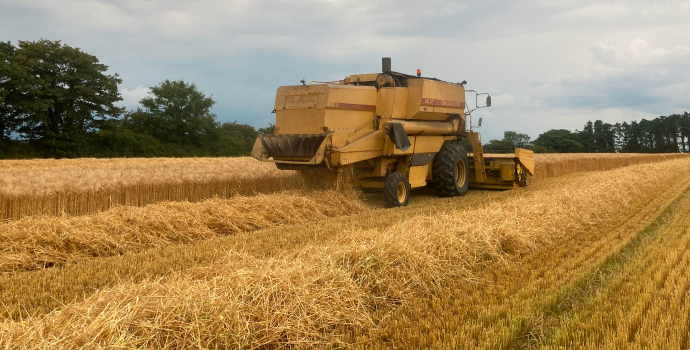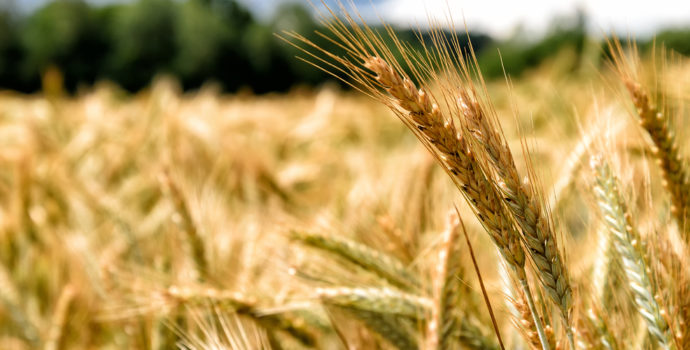
Domestic Market
Demand continues to remain strong in the feed market, however with competition from imported maize and other feed ingredients, the market remains very competitive for native grains. Due to the higher domestic supply of barley this season the gap between spot wheat and barley has moved up to €20/t.
Due to the limited amount of planting and poor prices there has been little interest in forward selling. In relation to malting barley, Boor malt recently have offered a forward sell of €180/t for green crop next harvest.
Irish Native / Import Dried Prices
| Spot €/t | Jan 2020 €/t | |
| Wheat | 192 | 194 |
| Barley | 172 | 175 |
| Oats | 160 | |
| OSR | 378 | |
| Maize (Import) | 185 | 188 |
| Soya (Import) | 340 | 338 |
International Markets
The big news in the market has been the agreement of a phase one deal between China and the US after their protracted trade war. There is no concrete information on the exact details of the deal however the US are saying that China is projected to import $32 billion of US agricultural products per annum in the next two years which would be significantly above its previous high of $24 billion in 2017.
Chicago wheat futures jumped dramatically on the news while the Motif March contract jumped to a high of €187/t. News that the new Argentine government has increased export taxes on grains and soybeans by approx. 5%, has also contributed to the recent bullish sentiment.
These recent news events have come against a background where potential wheat production is seen as being reduced in Northwest Europe due to wet sowing conditions, and in Eastern Europe/Ukraine due to excessively dry planting conditions.
In its first sowing estimates for 2020, the French Farm Ministry estimates the country’s winter soft wheat area for the harvest at 4.73 million hectares, down 4.8% compared with this year. This figure is 5.6% below the average of the past five years. Reports from Germany suggest that the winter wheat sown area for the 2020 harvest has been reduced by 7.1% from 2019.


